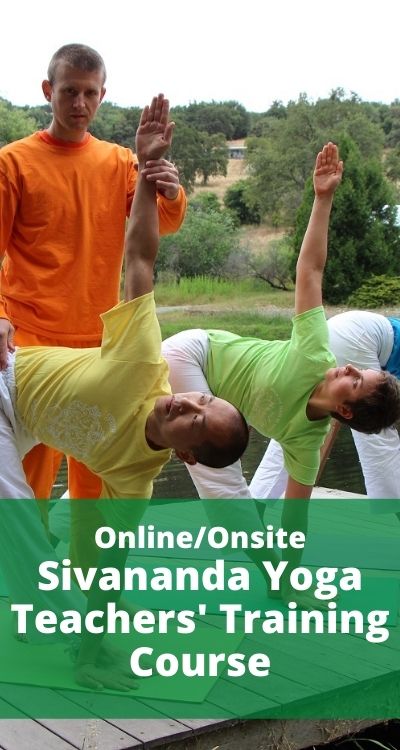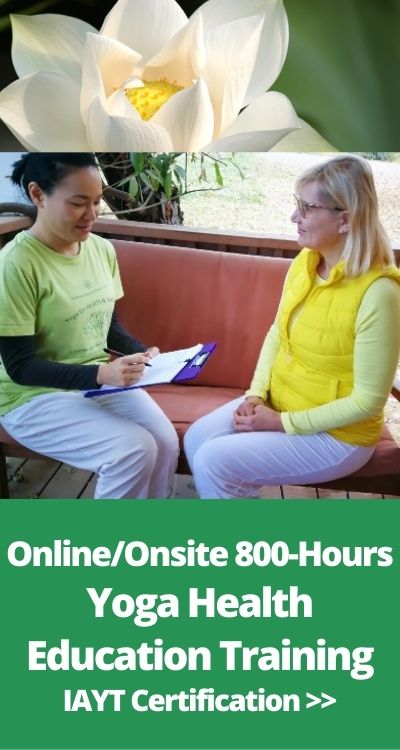We become more positive if we hold positive thoughts. We become more negative if we think negative thoughts. The most important thing is that positive thoughts give you more energy. Positive thoughts contain more prana-energy. Negative thoughts exhaust energy. You want to cultivate positive thoughts because you want to have more energy.
Question: What is positive thinking?
Answer: Positive thinking means to keep our thoughts sattvic. Negative thoughts are tamasic thoughts or rajasic thoughts. Negative thoughts of the tamasic nature are laziness, depression and anything that brings you down. Negative thoughts of the rajasic nature are for example, competitive thoughts, thoughts driven by desires, self-centered thoughts, gossip, anger, etc.
Question: What is the mind?
Answer: The mind is like a lake with waves.The murky waters of the lake represent tamasic thoughts. The waves on the surface of the lake represent rajasic thoughts.When rajasic and tamasic thoughts take over the mind we do not care about the consequences of our actions. Rajas and tamas work together.
Sattvic thoughts calm the mind down. Sattvic thoughts reveal the true nature of things.They are like a light shining through the darkness. Rajasic thoughts project, which means we throw our happiness somewhere external to our selves. Rajasic thoughts are never whole so we always end up dissatisfied with the result. Tamasic thoughts veil our perception of the truth. Confusion comes from the mix of rajasic and tamasic thoughts. Rajasic thoughts project externally and tamasic thoughts cast their veil so we don’t have any idea what to make of things.
Question: How to make your life more sattvic?
Answer: Just the fact that you are trying to make your thoughts more sattvic by living a regulated life, eating sattvic food, pranayama to balance your mind, and asanas to move the energy– already your life will improve 100%. All these help to bring you more sattva– the quality of calmness and purity that reveals the true nature of your self.
© Swami Sitaramananda 2014 No part of this article may be reproduced in any form without the written permission of the author.



